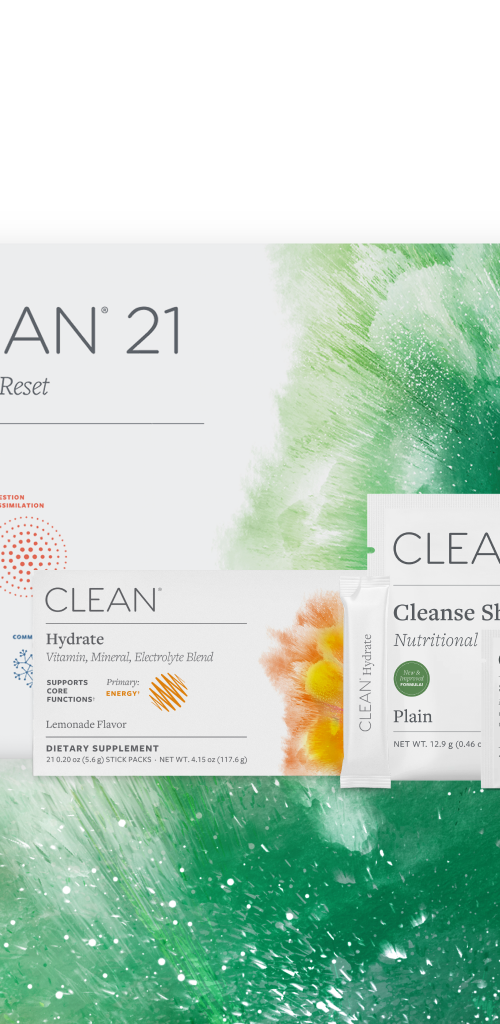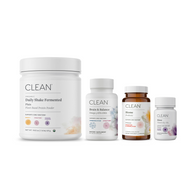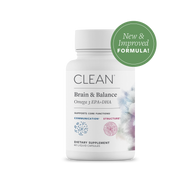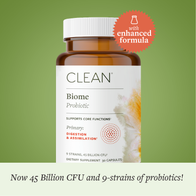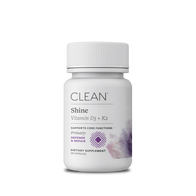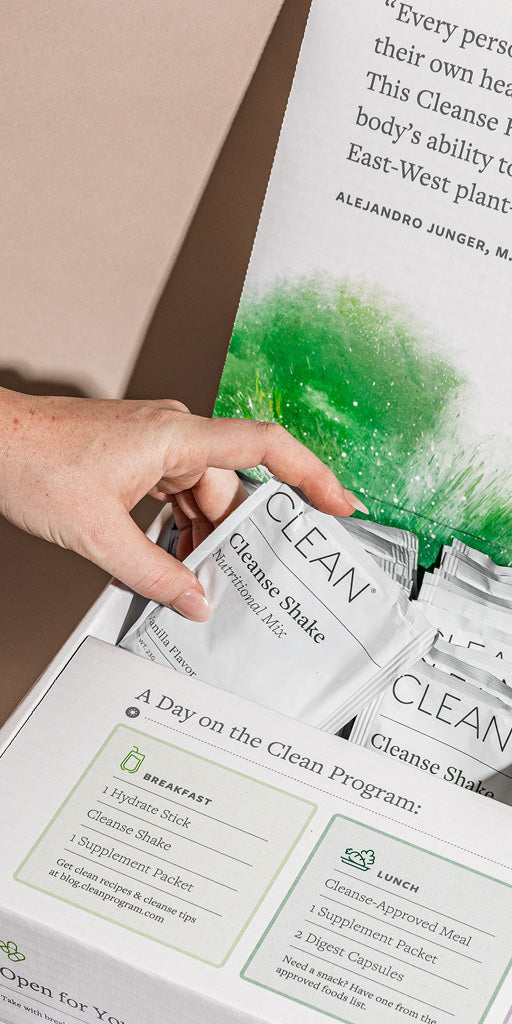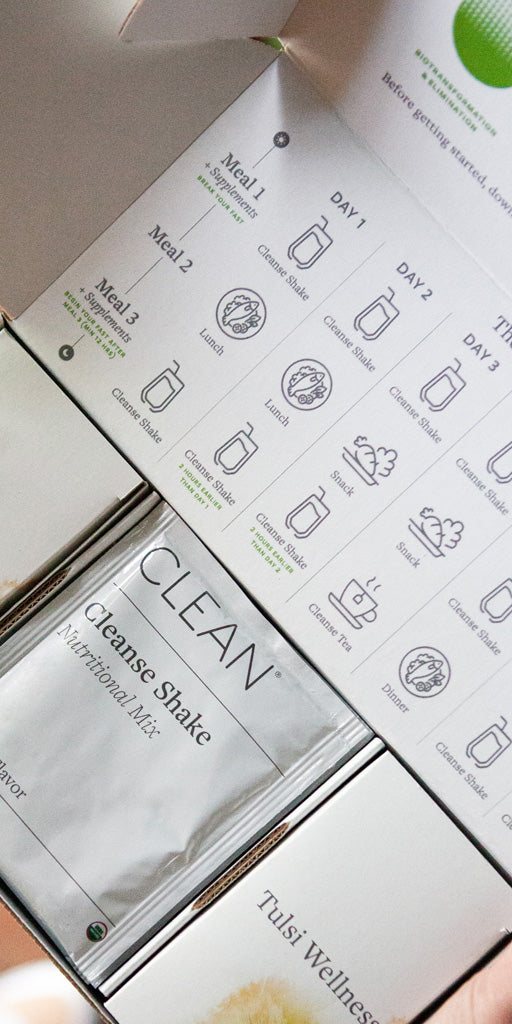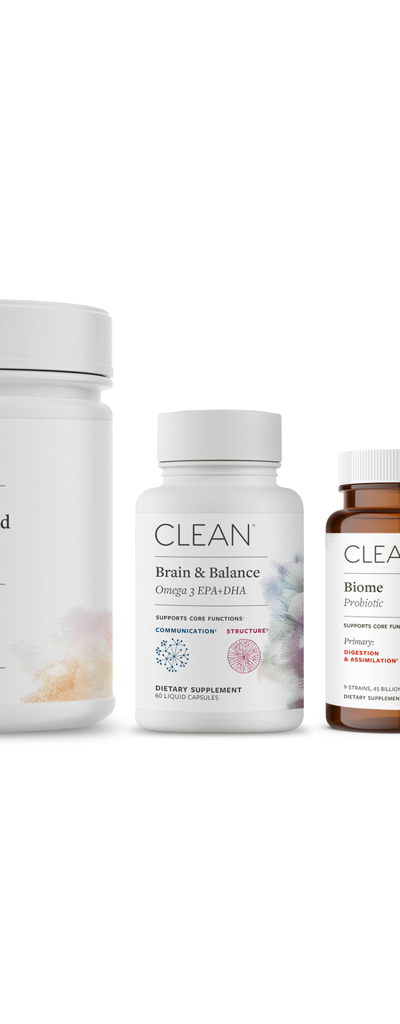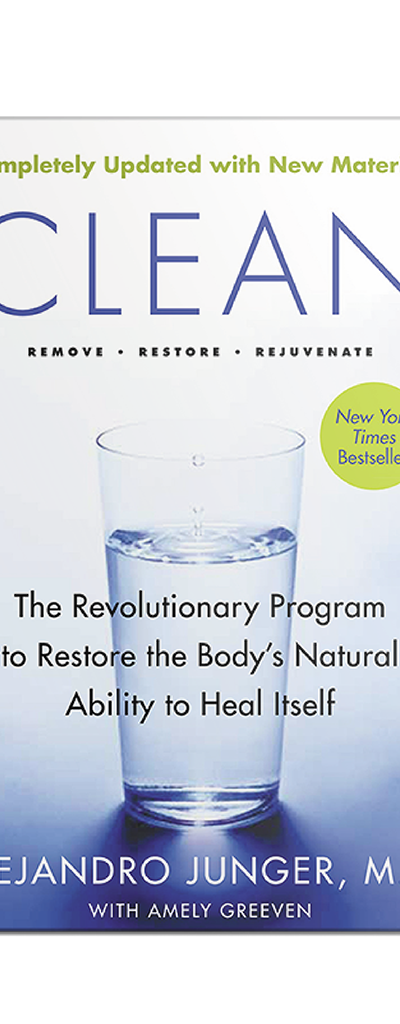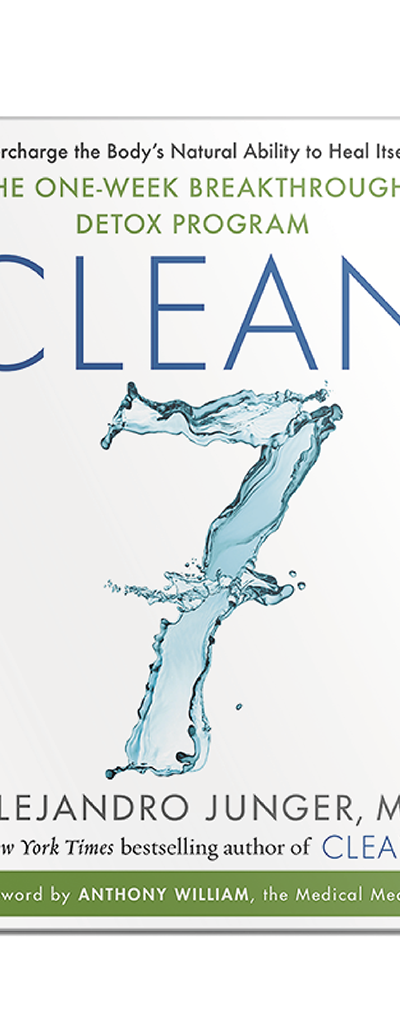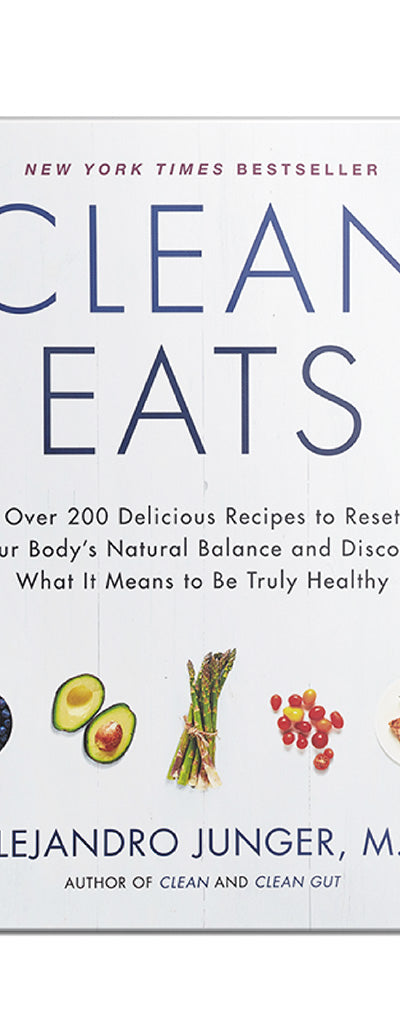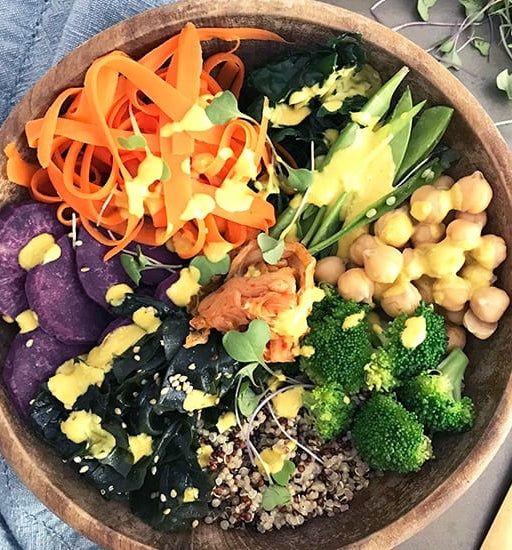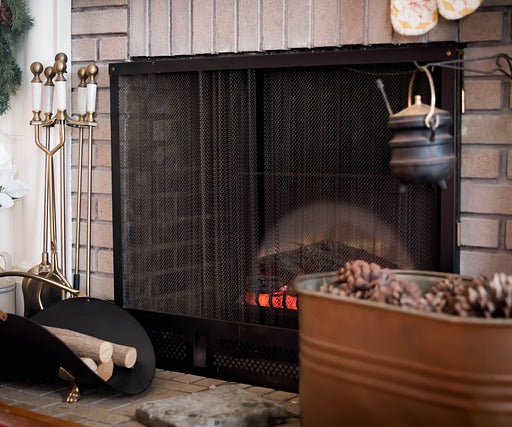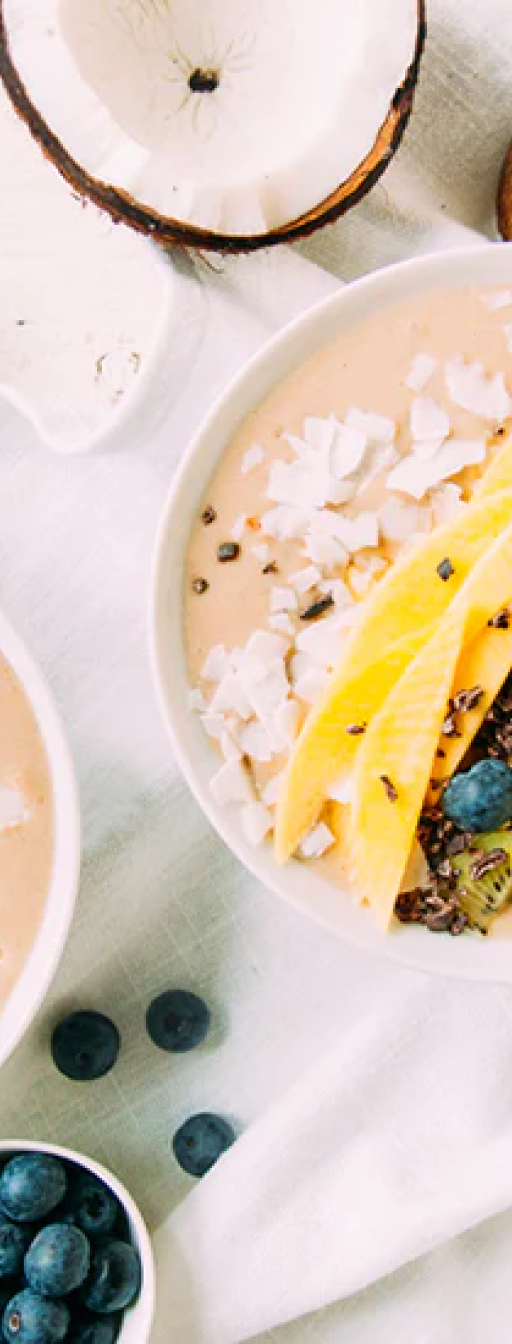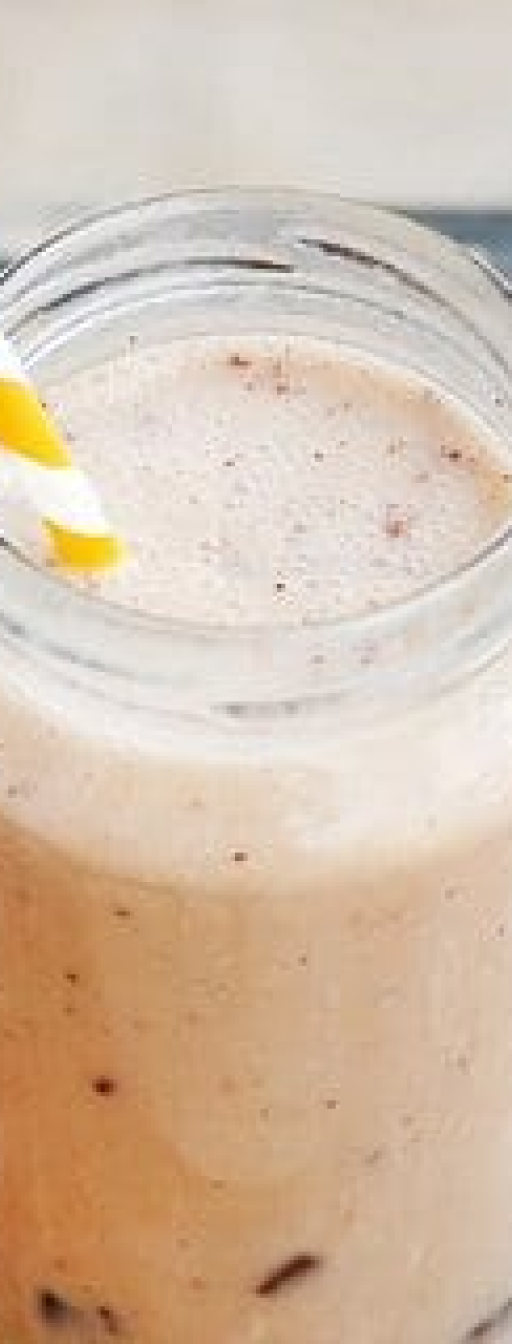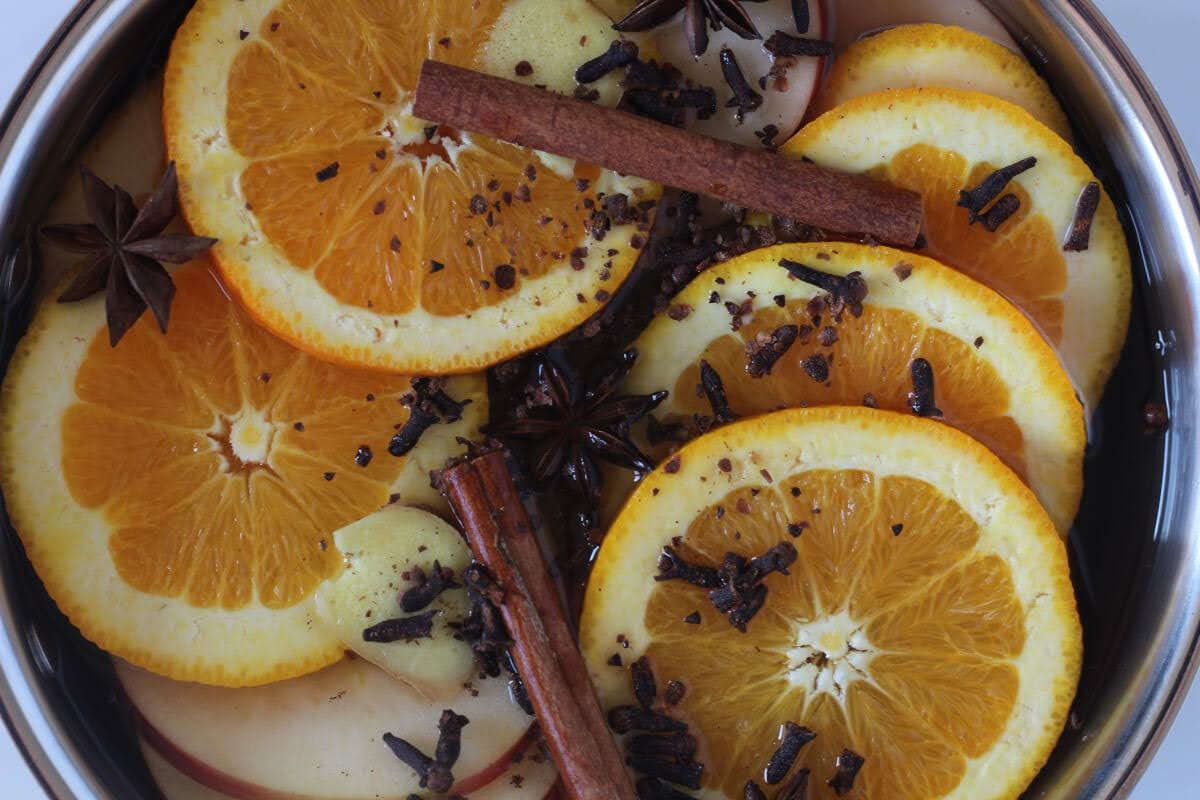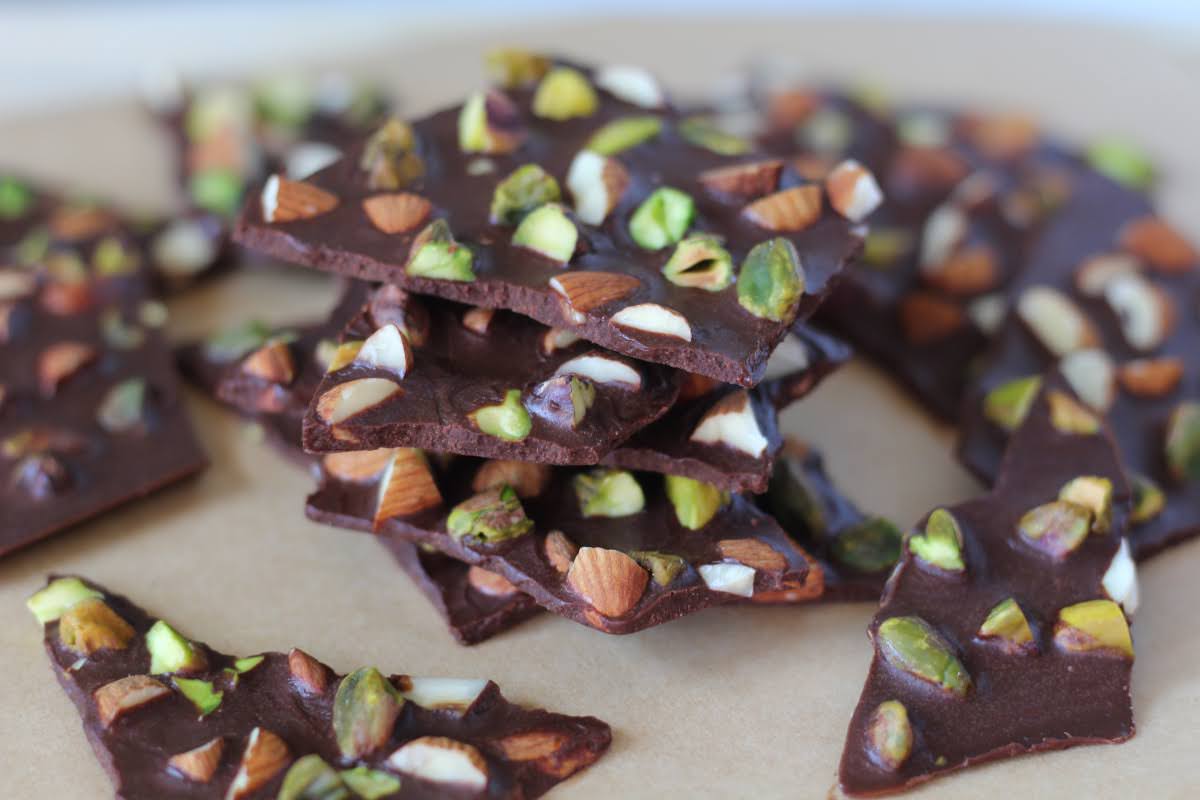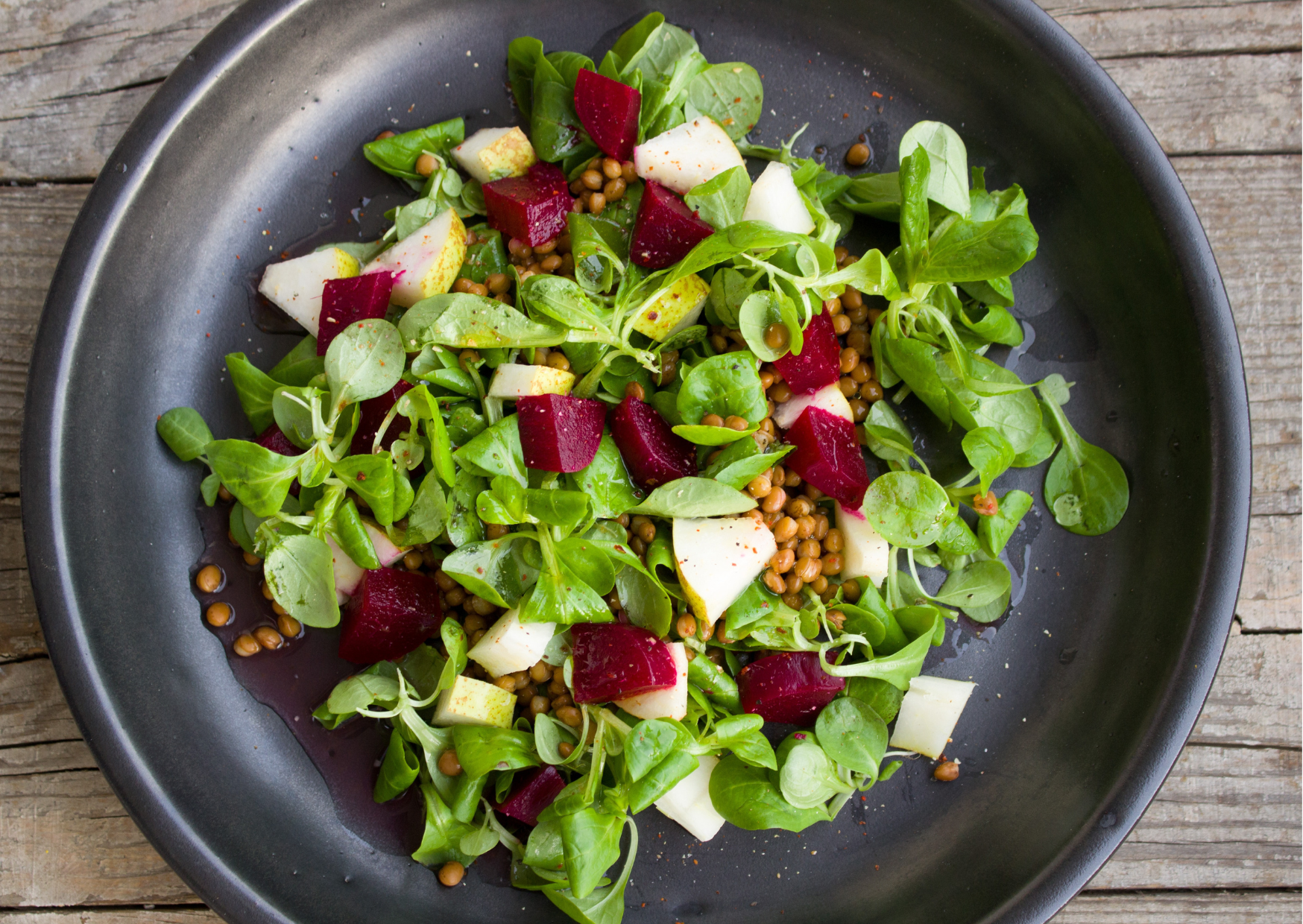
We’ve all been there. What starts as a tender, barely visible spot on our face slowly turns into a large, raised, red, and painful bump. Usually, these blemishes don’t even have a visible whitehead, making any attempts to pop them futile (not to mention painful). The swollen, under-the-skin blemishes are known as cystic acne. Many doctors consider it the most severe form of acne and the hardest to treat.
What is Cystic Acne?
Just like other forms of acne, cystic acne is caused by pores clogged with a combination of dead skin cells, oil, and bacteria. What makes cystic acne different from other forms of acne? It is caused by clogged pores occur in the deeper layers of the skin, below the skin’s surface. whiteheads rarely develop with cystic acne because they are too deep.
This inflammatory form of acne is characterized by red, tender, raised bumps that feel hard to the touch. The amount of inflammation from cystic acne can also rupture the pore deep down, causing infection, prolonged healing time, and scarring.
What Causes Cystic Acne?
Cystic acne is triggered by hormones in the androgen family, like testosterone and DHEA. While these are typically considered “male” hormones, both men and women have androgens. Having too many androgens will increase oil production, and increase the risk of clogged pores and cystic acne. Other hormones often linked with cystic acne are insulin and insulin like growth factor (IGF-1), which can both increase androgens and our sensitivity to them.
Androgen balance may be disrupted by larger hormonal shifts. Some culprits of these larger hormonal imbalances are:
- Puberty
- Menstruation
- Pregnancy
- Perimenopause and menopause
- Stress
- Polycystic Ovarian Syndrome (PCOS)
- Hypothyroidism
How to Treat Cystic Acne
For most, resolving cystic acne starts with addressing underlying health concerns like hormonal imbalances. But there are some products and treatments that can help:
-
Exfoliations
No, we don’t want no scrubs (which can irritate already inflamed and tender skin). But consistent use of a gentle active exfoliator with alpha hydroxy acid (AHA) or beta hydroxy acid (BHA) will help to gently shed dead skin cells, preventing clogged pores. We love Arcona Gentle Solution.
-
Vitamin A
Including retinol in your skincare routine 1-2 times per week can also help with cystic acne (and wrinkles!). Pai Rosehip Bioregenerate Oil is a nice gentle option that won’t irritate and inflame the skin like some harsh retinoic acids.
-
Ice
This method is easy, cheap and effective at reducing swelling. Icing the affected area can bring down the inflammation and pain of cystic acne. Bonus points for using ice cubes made from green tea.
-
Blue lights
Some estheticians and dermatologists have seen promising results from using LED blue light therapy on cystic acne. The pulsing blue light helps to kill acne causing bacteria. Talk to your skin care specialist to see if this is a good option for you.
-
Diet
Adopting a whole foods diet filled with nutrient-dense, antioxidant-rich foods is a must for clear skin. Avoiding potential sensitivities like dairy, gluten, sugar, processed foods and refined oils is also important to support good gut health and balanced hormones, two key factors to acne-free skin. A 21-day cleanse is an effective tool to help you identify food triggers, while detoxing the body from toxins and excess hormones.
-
Blood sugar
Insulin and cortisol both play a role in inflammation and larger hormonal disruption. Stabilizing blood sugar levels will help to reduce the negative effects of insulin resistance and excess cortisol. To balance blood sugar levels, stick with primarily whole foods and eat regularly, about every 2-4 hours. Include long-burning sources of fuel like protein, healthy fats and fiber in meals and snacks to prevent big spikes and dips in blood sugar.
-
Sleep
Sleep deprivation can increase inflammation and stress levels. Getting enough rest and sleep is necessary for hormone “repair.” Aim for at least 8 hours of sleep and try to go to sleep and wake up at the same times each day.
-
Activity
Consistent, gentle to moderate movement will help to restore balance in the system. Walking or yoga most days with 20 minutes of high-intensity interval workouts, 2-3 times per week is a nice balance. Be careful not to over-Activity, which can further stress the system.
-
Reduce irritants and known sensitivities
In addition to removing inflammation-causing foods, removing artificial chemical-laden cosmetics and self-care products is a part of the hormone balancing process. Many conventional beauty products are full of estrogen mimicking xenoestrogens which can contribute to hormonal imbalance. Luckily for us, there are many wonderful non-toxic skin care products to choose from as safe alternatives.
-
Visit a Functional Medicine professional
Working with a Functional MD or functional hormone specialist can get you the personalized treatment you need to resolve cystic acne from the inside out. Some hormonal imbalances like hypothyroidism can benefit from thyroid medication, and others may need specific dietary or supplemental guidance to see improvement.

